Discover the vibrant cultural festivals of Pakistan, where the threads of tradition and heritage are woven with community threads through the tapestry of a yearlong celebration. From the exhilarating kite-flying of Basant in Lahore to the spiritual gathering of Urs, honoring the Sufi saints, each festival offers a glimpse into the highly diverse cultures and traditions of the country.
Basant is the welcome arrival of spring, the time when brightly coloured kites adorn the sky. Eid-ul-Fitr, after the fasting month of Ramadan, symbolizes communal prayers, feasting, and charity. Jashn-e-Baharan heralds the arrival of spring when folk music and traditional dances show the wonders of nature.
Independence Day on 14th of August brings pomp and pride as parades and fireworks light up the night sky, Lok Mela, the National Folk Festival, showcases Pakistan’s rich heritage through vibrant arts and crafts as well as performances to celebrate the country’s diverse ethnicity. The Shandur Polo Festival the world’s highest polo ground entertain locals as well as tourists with galloping matches against the beautiful mountainous backdrop of the area.
These festivals are much more than events in themselves; they represent identity, unity, and love for a culture. Whether enjoying local delicacies, savouring the sounds and sights of the good vibes that accompany upbeat performances or activities, every festival invites you to connect with the vivacious spirit of Pakistan. Join hands with us to celebrate these cultural festivities at each and every point where every moment would be filled with laughter, joy, and grand appreciation for the heritage rich that defines this beautiful nation. Experience the heart and soul of Pakistan through its colorful festivals to know its people as bound by the stories.
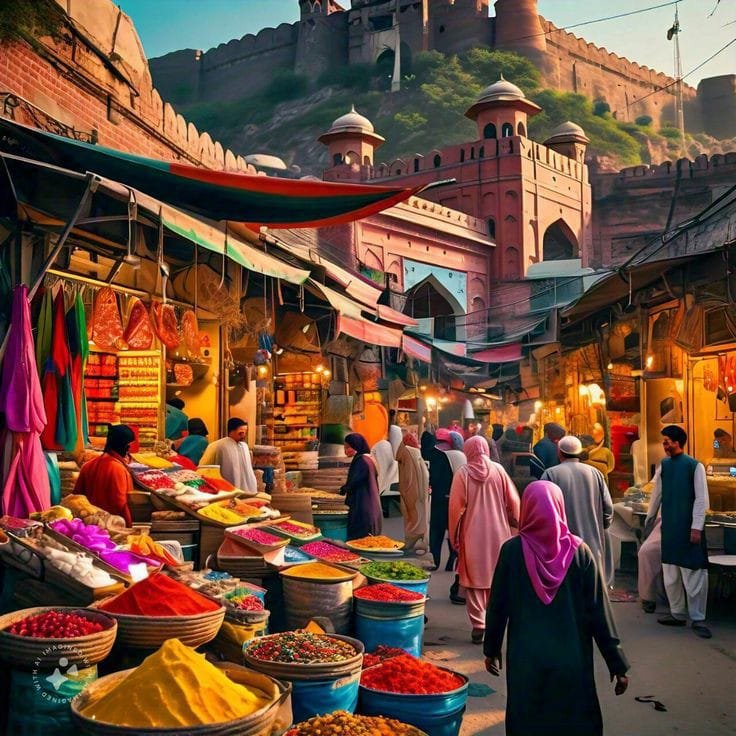
Pakistan: Celebrations of Traditions of Heritage and Culture
Pakistan, one of the oldest countries of the world, is a country of diversity, is hosting various cultural festivals throughout the year. These festivals showcase colored traditions and the unity between the various groups of ethnicities. Celebrations of religions and folk dance from the spirit to the soul of Pakistani culture tell something different yet similar. In the following blog, we will discuss some of the most important cultural festivals in Pakistan. We have outlined their roots, events, and the experiences they host both the locals and the visitors.
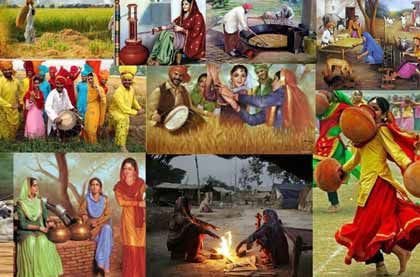
1. Basant: The Kite Festival of Lahore
Spring in Lahore came into its own during the days of Basant, or the kite-flying festival. Primarily celebrated in February, this has become an electric festival that electrifies the skies with all manner of colored kites in all their shapes and sizes. It symbolises the people’s enthusiasm as they bid farewell to winter.
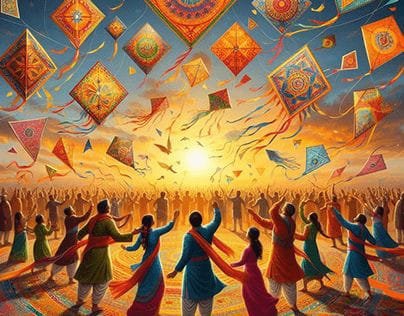
Origins and Significance
Basant – Its origin traces from Punjab as it is a harvest festival. The blooming of mustard flowers generally takes place in February, and showers yellow across the fields. Its religious aspects have gained thinner meanings over time, but it still holds as a celebration event in the calendar of Lahore.
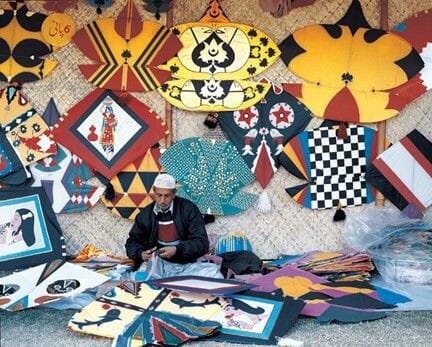
Gaiety and Frolic
Kite-flying activities adorn the houses in Basant with noise full of healthy laughter competition. Competitions are also held for kite-flying activities wherein contestants try to cut down one’s kite using the special string called “dori.” Vendors sell their scrumptious local cuisines, like jalebi, samosas, and biryani, along the road. Rooftops are crowded with families dressed in bright yellow as they enjoy the happening, a very sociable activity indeed.
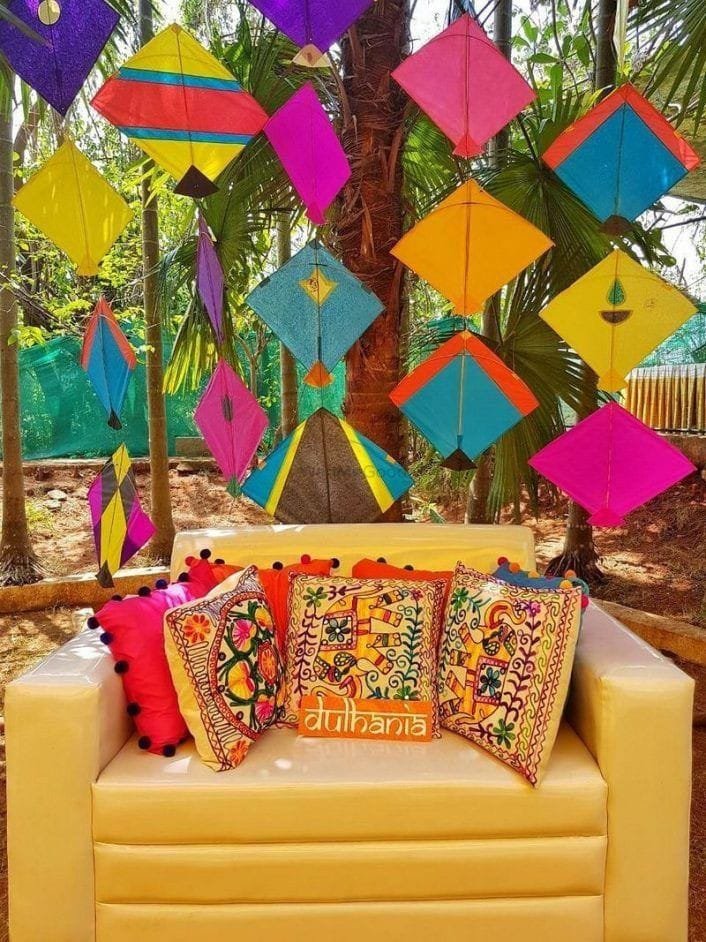
2. Eid-ul-Fitr
The Festival of Breaking the Fast Eid-ul-Fitr is one of the most significant religious festivals in Pakistan. It coincides with the last day of the holy month of fasting called Ramadan. This signifies the end of a month of prayer, reflection, and community building.

Origins and Significance
Eid-ul-Fitr literally means “Festival of Breaking the Fast.” Technically, it is a day of thanksgiving, enjoyment, and charity. Essentially, it is a festival marking the end of a spiritual journey undertaken for one month.
This festival mainly focuses on community, compassion, and giving back to others who are in need.
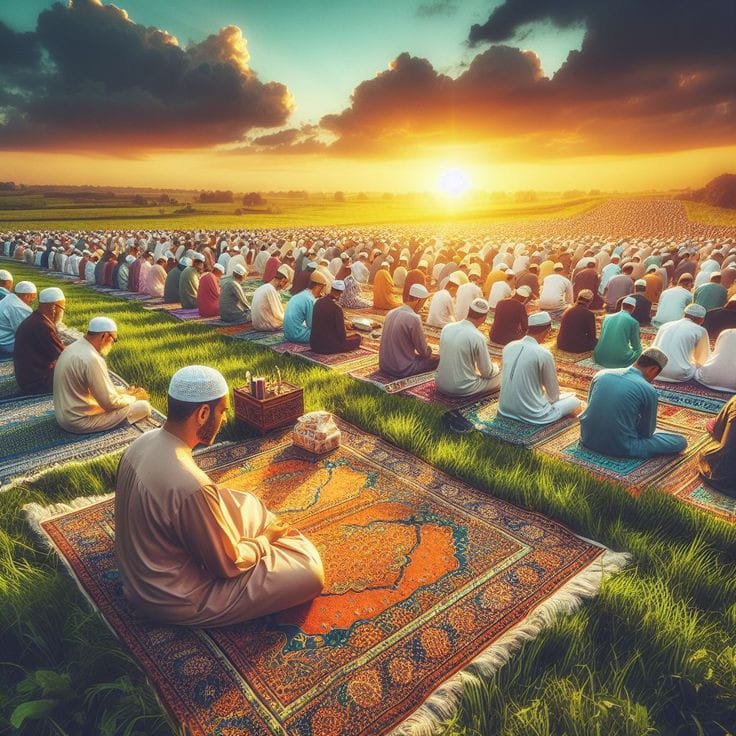
Festivities and Activities
On the Eid morning, the family converges into one place at mosques and open grounds to perform special prayers. The festival starts with the “Eid Namaz” wherein the community congregates together unitedly. After the prayers, there’s a tradition of greeting friends and family along with exchanging gifts and feasting over festive meals. Traditional ingredients include biryani, kebabs, and a sweet delight called sheer khurma, making the festival more spectacular.
Children love Eid because on the occasions, they get “Eidi,” i.e. the elders give gifts and money. The festival teaches the lesson of charity as even the families donate to the poor. Everybody can share the gaiety.
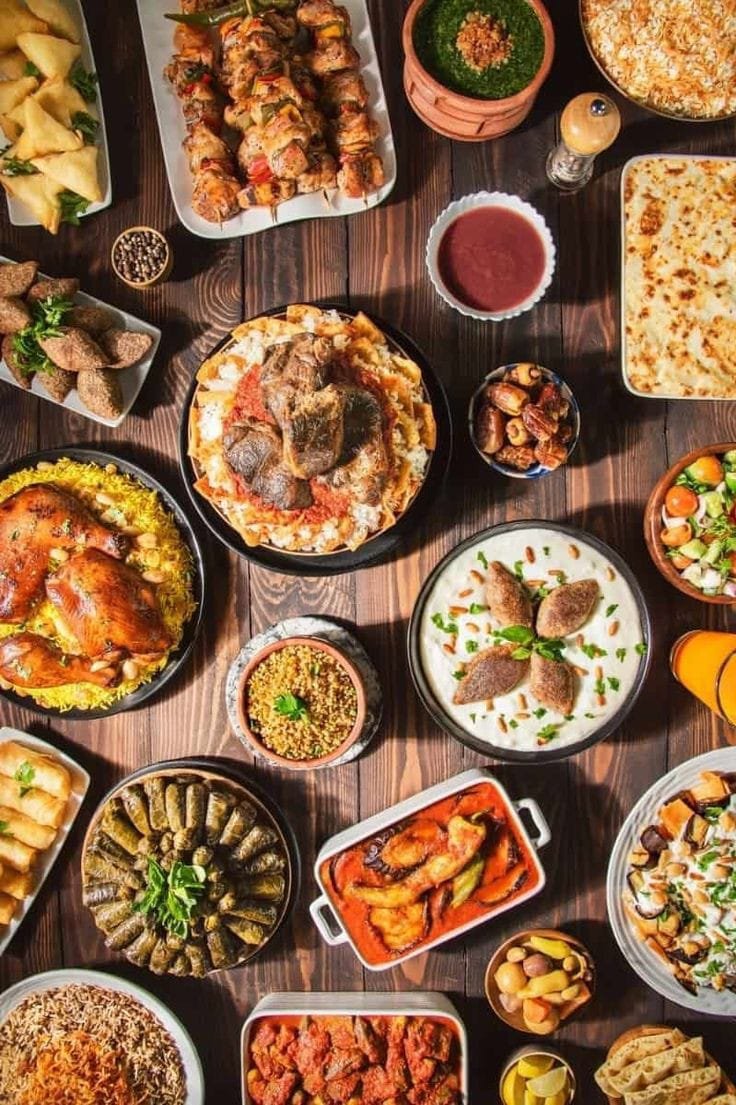
3. Jashn-e-Baharan: Festival of springs
Jashn-e-Baharan, or the Spring Festival is celebrated in some parts of Pakistan, mainly in Punjab and Sindh. The festival falls within the spring season and flowers marking something new and beginning.
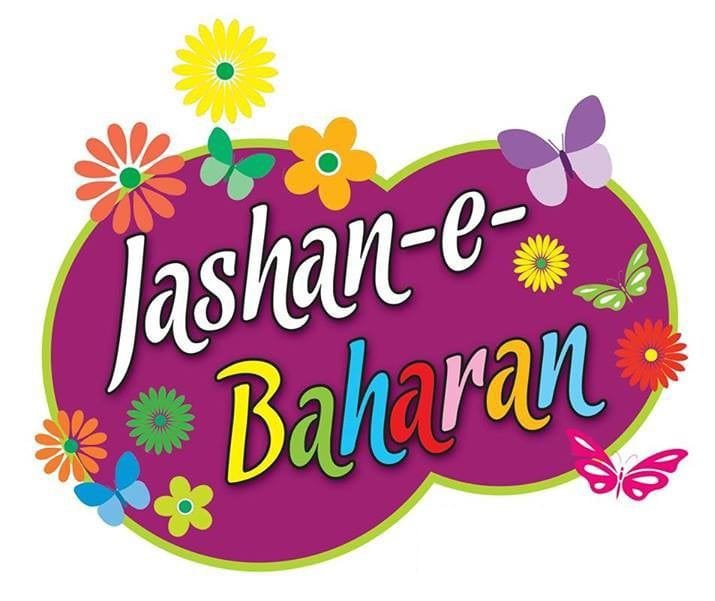
Origins and Significance
The festival has deep cultural origins being sometimes entwined with agriculture techniques and sometimes with the panegyric on nature. It reminds one of the beauty and vibrancy of life.

Festivities and Activities
Colourful processions, folk music, and folk dances characterise Jashn-e-Baharan. The place is also characterised by local fairs with handicraft, the traditional attire of the people, and numerous street foods. The devotional and cultural shows as part of the celebrations include poetry recitation, musical performances, and cultural shows that reflect the diversified heritage of Pakistan. Games and activities for families are also considerable sources of joy, as they unite the communities.
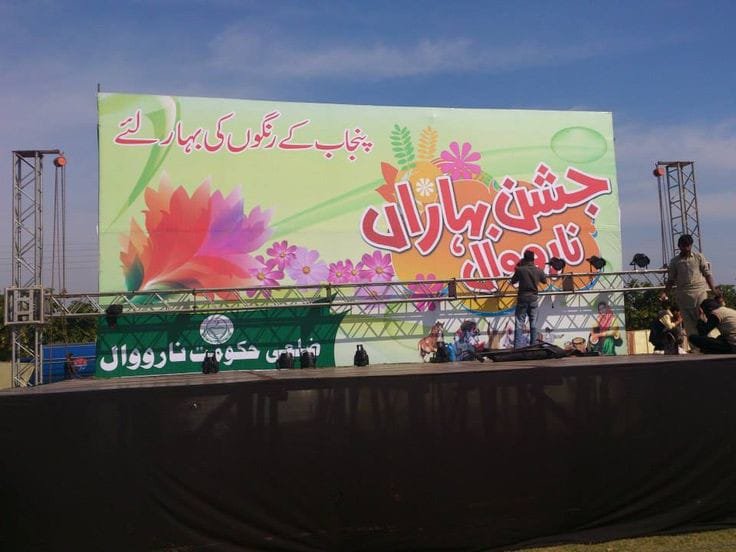
4. Urs: The Sufi Festivals
Basically, Urs constitutes a chain of festivals that mark the death anniversaries of Sufi saints all over Pakistan. The enthusiasm with which people celebrate Urs is more in Punjab and Sindh because of the long history of Sufism prevailing in these provinces.
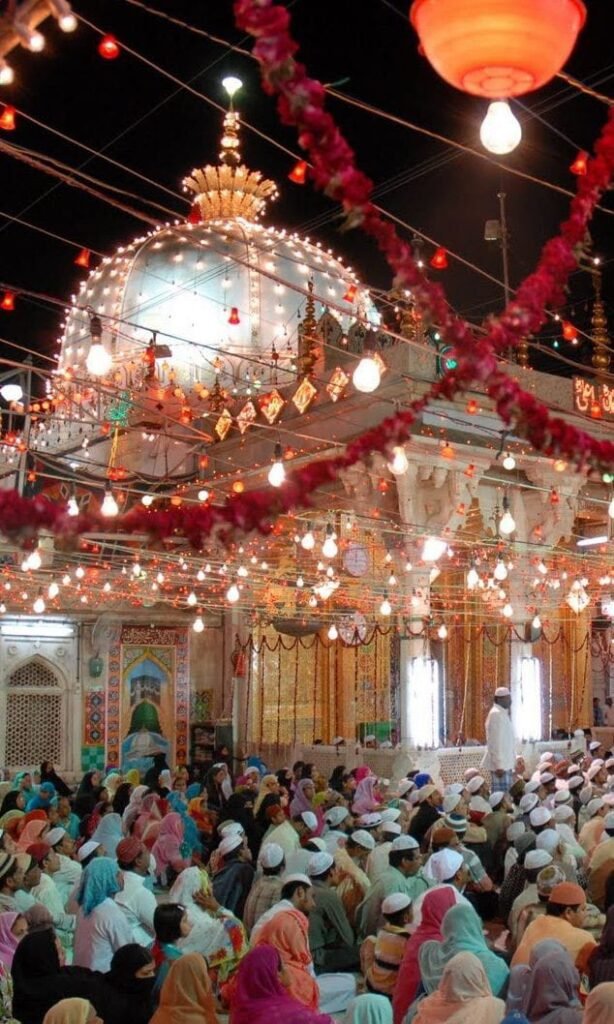
Origins and Significance
Urs is a word used to define “wedding” in the Arabic language, signifying the union of the saint with the divine. Urs festivals are performed to hail the ideals of teaching prevalent among Sufi saints. The philosophy based on Urs is mainly love, peace, and spirituality.
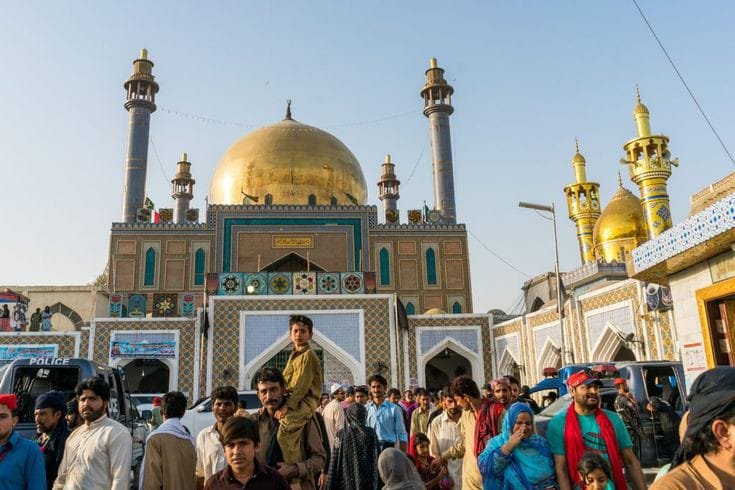
Festivities and Activities
Urs festivals generally last for several days, along with prayers, qawwali or Sufi devotional music, and spiritual congregations attended in the event. The devotees visit shrines of the saints, offer prayers and participate in joint congregational prayers. The whole place is charged with spiritual fervour as the devotees belonging to various societies gather and celebrate the memory of such holy personalities. Qawwali music with its transcendent rhythms mesmerizes the assembly of devotees and prompts the devotees to introspect over the teachings of love and equipoise.

5. Independence Day: Freedom Celebrations
Independence Day on 14 August is a national holiday observed with much zeal all over Pakistan. It commemorates the independence of the country from the British Empire in 1947 and is hence usually marked by a host of various cultural and patriotic events.
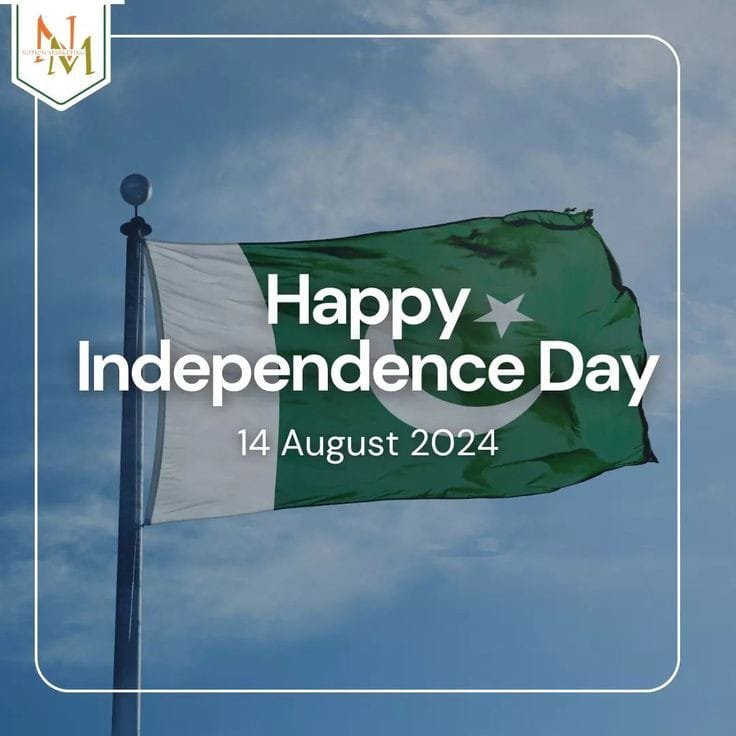
Origin and Importance
The day reminds everyone of how the freedom fighters sacrificed their precious things for their freedom. It is the day that stands as a flag for the national pride and unity- a time to relate to the history of Pakistan and the rich mixture of cultures.
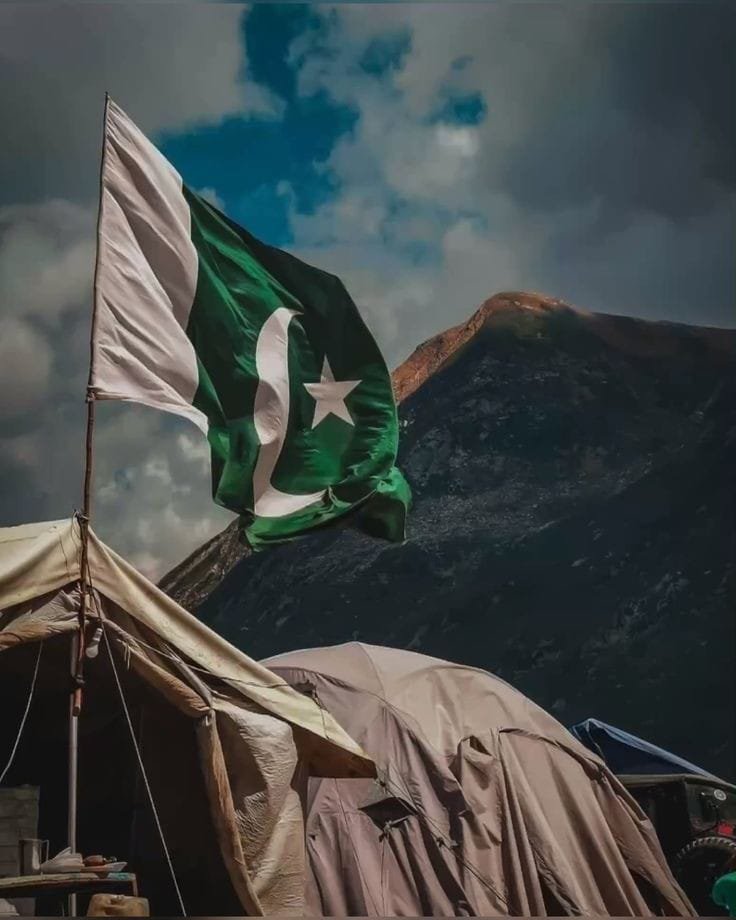
Festivities and Activities
On this day, cities are decorated with flags and people are dressed in green and white. Parade, concerts, and cultural shows are presented to expose the diverse cultures of the country in sound, movement, and behavior. Fireworks can be seen in the evening in the sky; a festive atmosphere is enjoyed. People organize barbecues and picnics, enjoying the happiness of freedom.
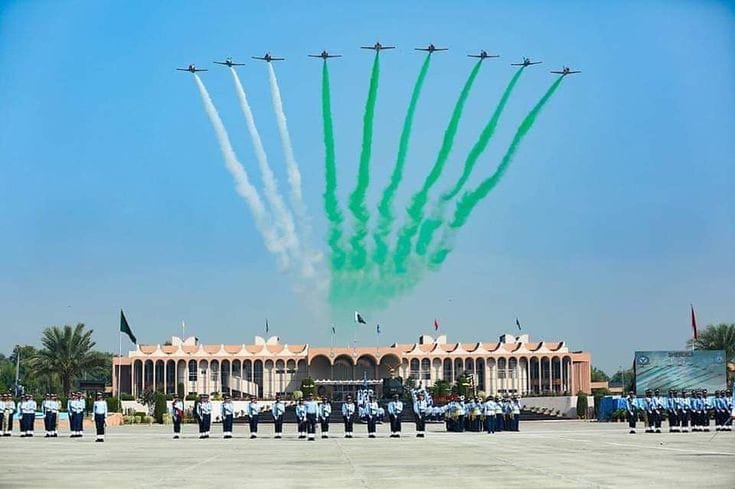
6. Lok Mela: The Folk Festival
Lok Mela is an annual folk festival that is held across cities, particularly in Islamabad and Lahore. It glorifies the great richness of the culture of Pakistan by recreating its multiple facets of traditions, arts, and crafts.
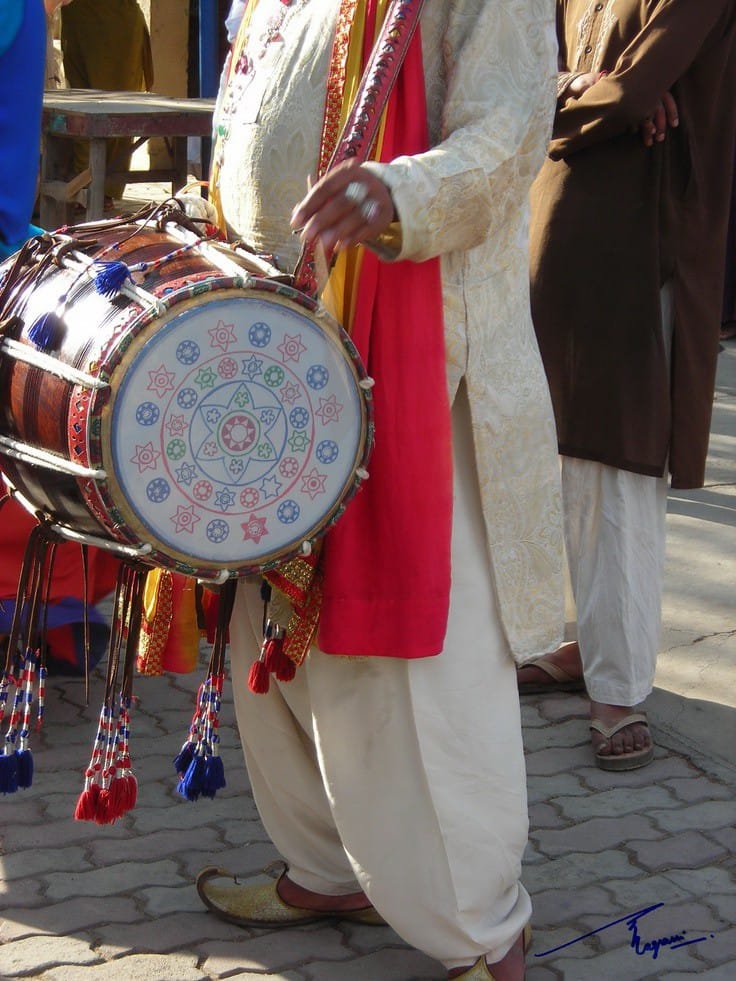
Origins and Significance
Lok Mela showcases cultural diversity and attempts to preserve and display traditional arts and crafts. It becomes a platform for artisans and craftsmen to display their skills.
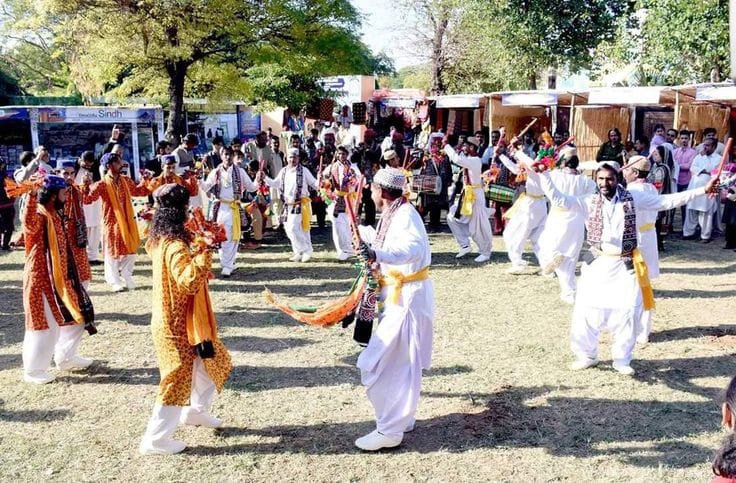
Festivities and Activities
While on Lok Mela, one can enjoy folk music and dance performances and theatre besides basking in cultural richness in Pakistan. Artisans set up stalls selling handicrafts, pottery, and traditional clothing for people to buy some unique thing. Several food stalls are also there at the festival sites to recreate the festive flavor. Techniques and techniques behind traditional crafts are learned from their exhibitions and demonstrations- an activity encouraging people to appreciate their cultural heritage.
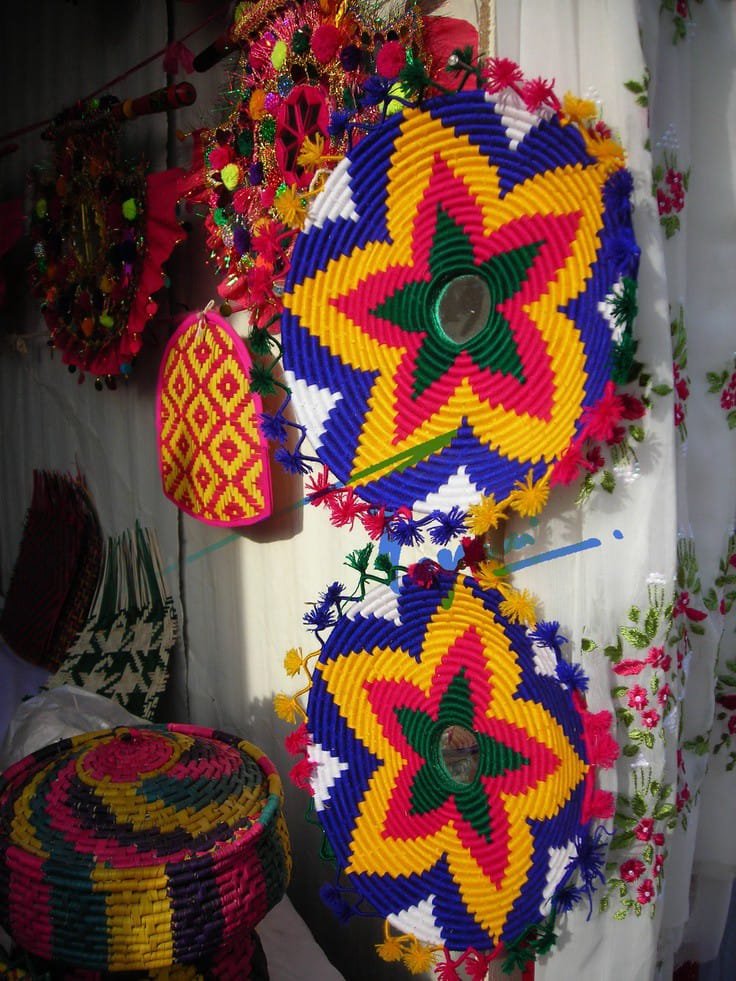
7. Shandur Polo Festival: Game of Kings
The Shandur Polo Festival is held annually on the world’s loftiest polo ground at Shandur Pass and is a unique celebration of the sport played with a long mallet, a traditional game played on horseback. The thrilling game is now also watched by both locals and tourists against the exciting mountainous backdrop.
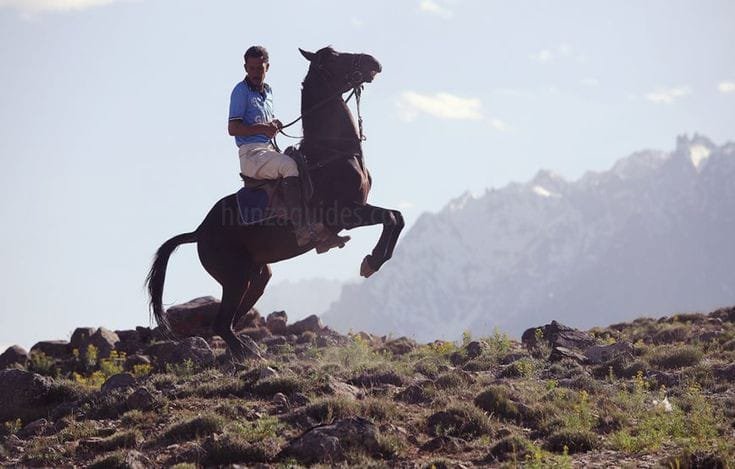
Origins and Importance
This festival originates from the region of Gilgit-Baltistan in which polo has been played for thousands of years. This festival is a celebration by the local communities symbolizing their cultural heritage and love for the game.

Festivities and Activity
The festival of Shandur Polo, mostly in July, is electrified by the polo tournaments between teams from Gilgit and Chitral. The match event ensures that people support their respective teams. The festival has traditional music, dance, and cultural display events to add a lively and colorful hue to the celebrations of local traditions of the region. The visitors also have an opportunity to admire the beauty of the surrounding mountains and valleys.
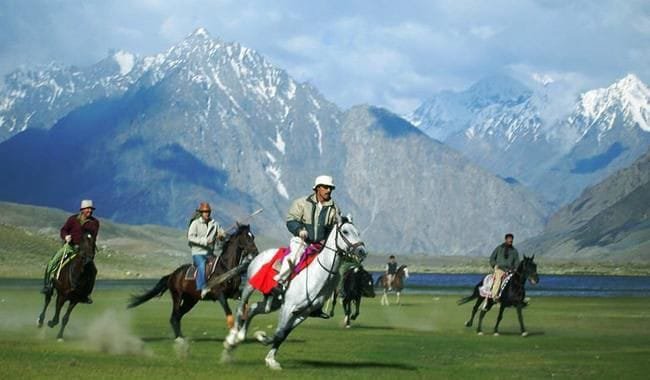
Conclusion
Pakistan’s cultural festivals present a reflection of the country’s paramount heritage and diversity. Each festival offers an exclusive opportunity to taste traditions, music, and cuisine in creating the nation’s identity. From colorful kites of Basant to spiritual gathering of Urs and its exuberant nature of Lok Mela, these festivals call for all to join in and rejoice within the heart of Pakistani culture. In exploring these celebrations, one not only inquires about the rich history of the country but also creates lasting memories that connect him or her to its vibrant people and traditions.

















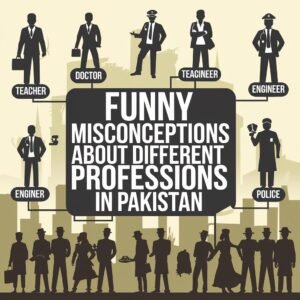


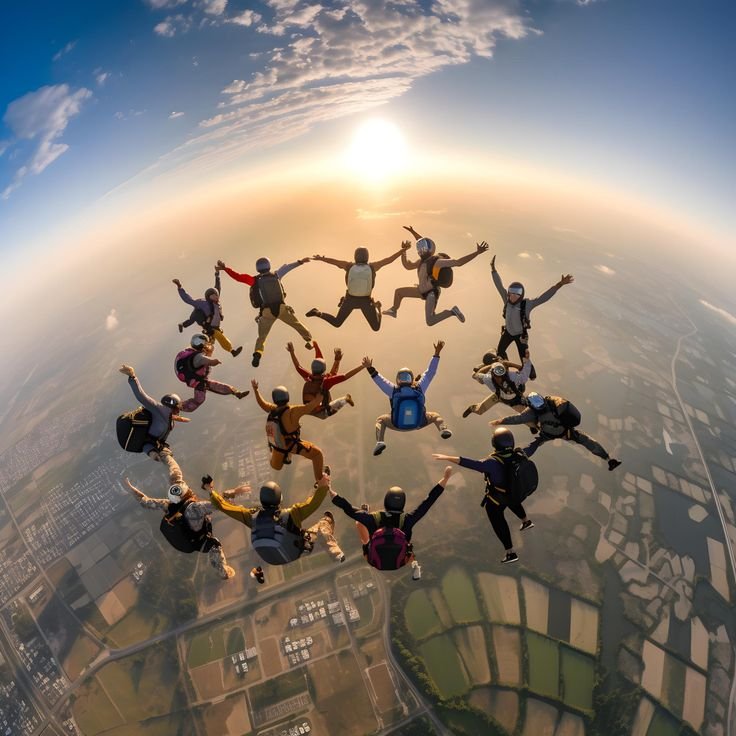

Thank you for your sharing. I am worried that I lack creative ideas. It is your article that makes me full of hope. Thank you. But, I have a question, can you help me?